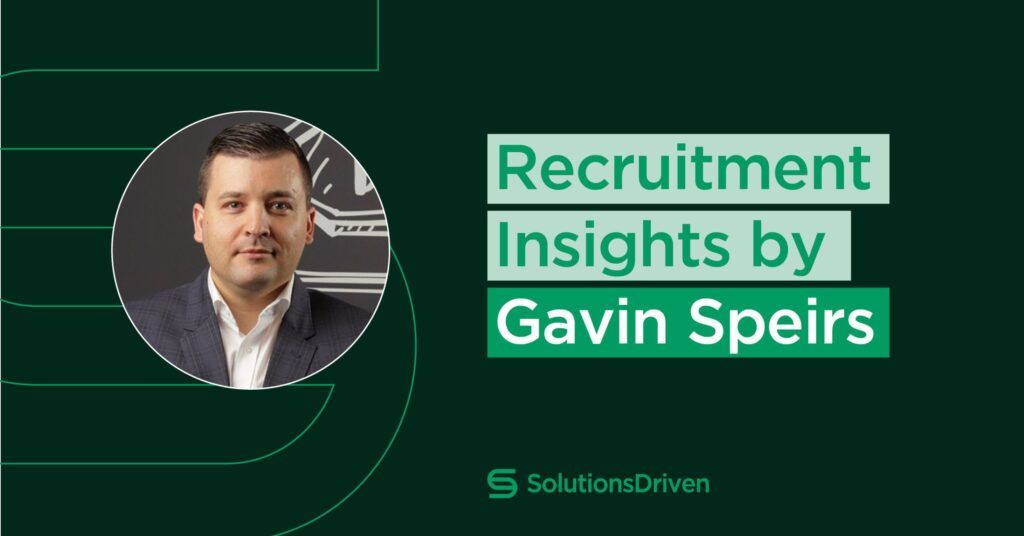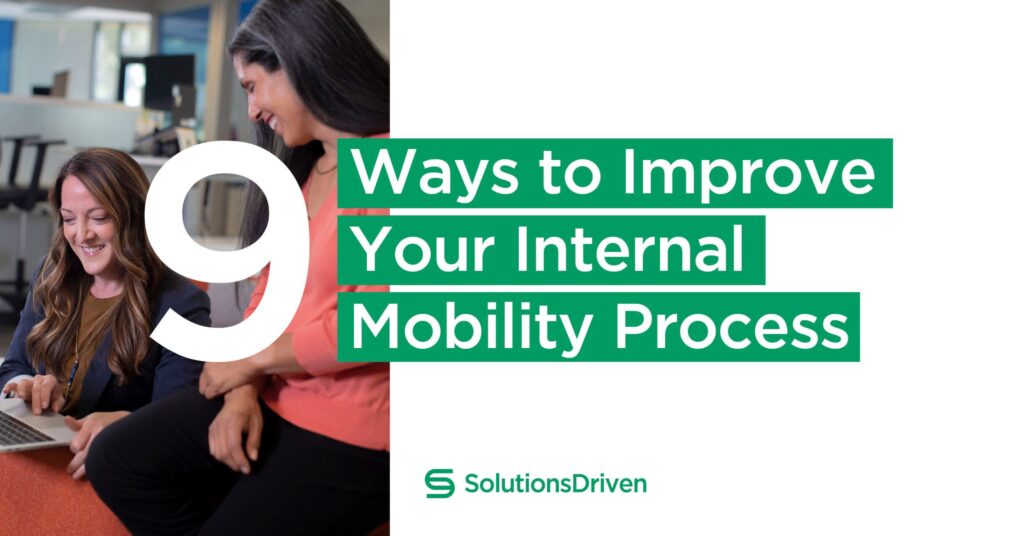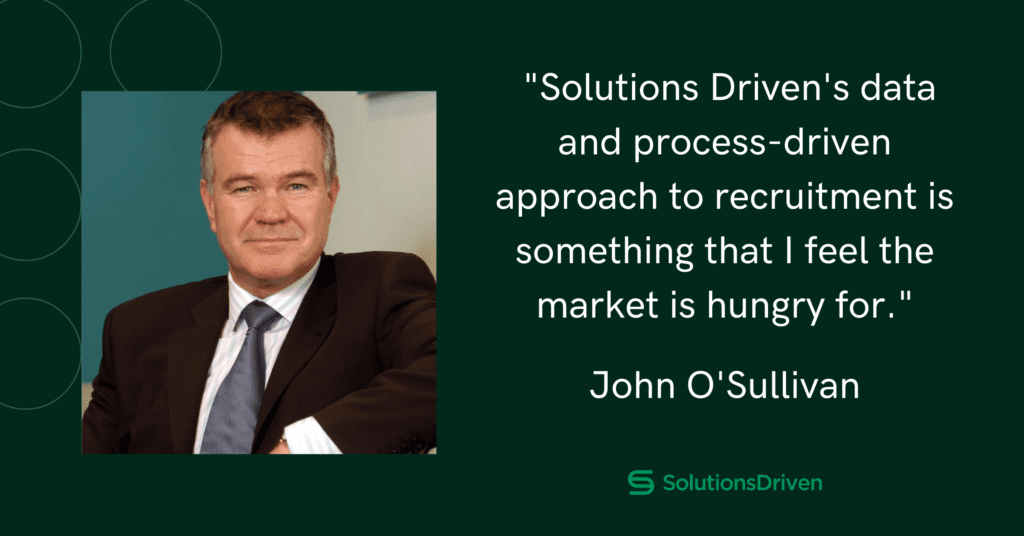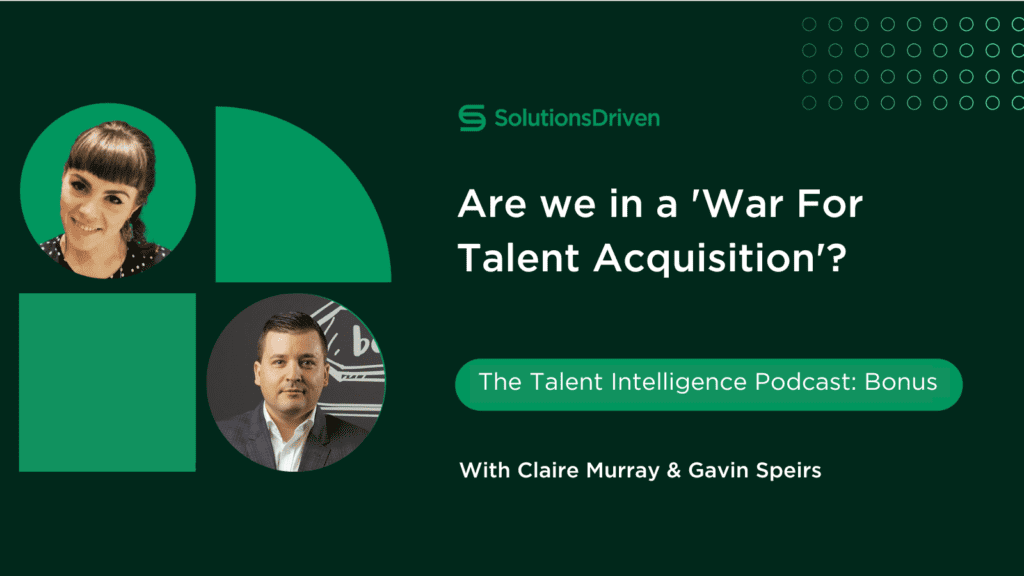I’ve had many conversations this month about candidate *potential*. What does it look like? How do you find it?
As always, I’m focusing on RPI. Not Recruitment Process Intelligence (for once). Rather, interesting things I’ve Read, Problems and Red Flags I’ve come across, and Insights from client conversations…
Reading
This LinkedIn Business article on skills based hiring and job descriptions kicked off my thinking about potential this week.
It’s worth a read, but these points stood out:
- Experience isn’t permanent. What candidates have done previously is less important than what they’ll do in the future.
- Hiring based on place of education or only considering people with degrees creates a “homogenous workforce” and stifles diversity.
- Removing requirements and listing responsibilities gets 14 more applications per view.
- Using masculine terms like “ninja” or “superhero”, and “hacker” turn women away. However, “multi-task” and “detail oriented” get 62% & 61% more women applying, respectively.
Problems
?????? ??? ?????
I’ve been thinking back on some conversations I’ve had recently about defining a salary range:
At Solutions Driven, we often hear “Salary isn’t an issue. We’ll pay what we need to to get the right hire. Pay for their potential…” As soon as I hear this, I think,
“Well, you’re not going to pay them more than you’re on, and you’re not going to pay them more than other peers in the organisation without approvals being required?”
And 9 times out of 10, that hiring manager makes an offer lower than what the candidate is on at present, never mind what they’re looking for! ? Be aware of this and don’t take this as a license to further open up the talent pool. Keep asking for specifics.
Insights
The Nine Box Grid
We use the 9 box grid to uncover where candidates are in their careers, and where they have the potential to go.
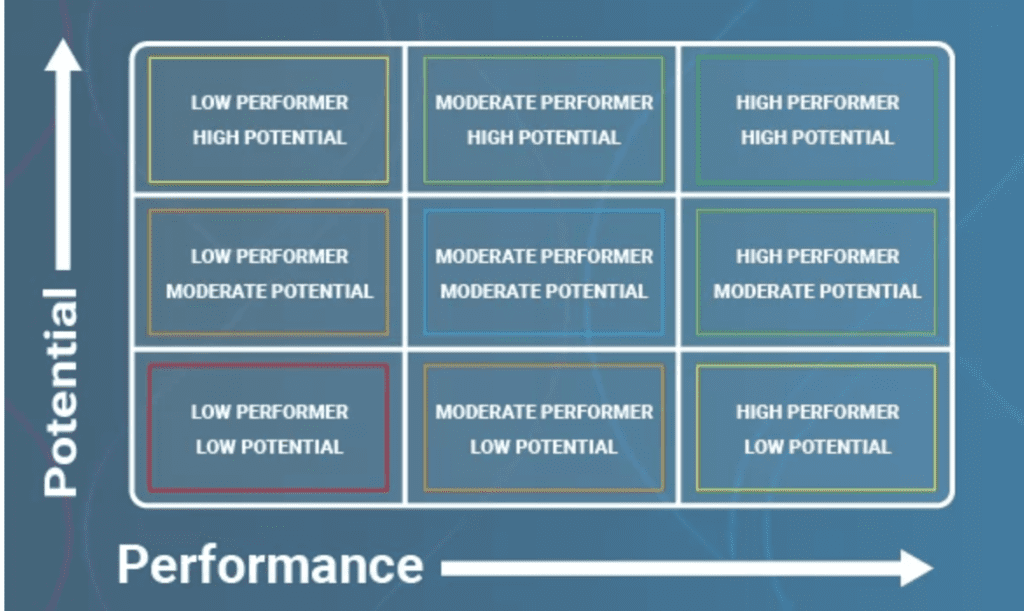
But talent teams need to start to define what “potential” looks like to their companies. What does a star look like? What are the indicators of top talent? Are they set up to integrate potential into the workforce?
To make hiring for potential successful, the whole team needs to be onboard and hiring managers’ must expect new employees with a willingness to learn and progress, rather than the finished article.
That’s all for this week. If you’d like to discuss potential, salary ranges, or you have a difficult position to fill, drop me a line. I’d love to chat.

